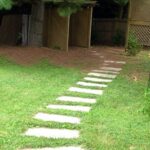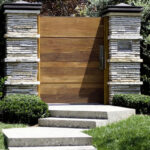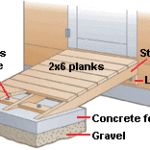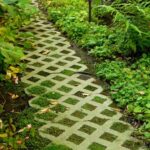A helpful buying guide that covers materials typically used in paths, pavers, and steps. Includes info on the pros and cons of each material.
If steps are part of your landscape plan, keep in mind that the ideal width for comfortable and safe passage is at least 2 feet.
Also, don’t rush to your destination; steps with expansive treads (13 to 16 inches) and a gradual ascent (a rise of about 5 to 6 inches from step to step) send a welcoming message.
Materials for walkways and steps run the gamut, from basic concrete to rugged flagstone. When choosing a material, consider how much time you can dedicate to your project, the look you’d like to achieve, and your budget.
Before dismissing traditional poured-concrete, keep in mind that options go well beyond the basic slab; a wide variety of decorative treatments is available. Of course, you may also opt for the clean, simple look of poured-concrete for your walkway.
Also See: Garden Stairs Ideas for a Beautiful Yard
Concrete also comes in the form of pavers, which are readily available in many styles. These can range from affordable varieties mimicking tile, brick, or stone to interlocking types that assemble via joints to form a smooth, durable surface.
Natural stone—from hardy granite to porous sandstone—can be used to great effect. Stone yards carry “flagstone,” big, flat stones that are 1 to 4 inches thick, in many varieties, colors, and textures. Always consider climate requirements before making your selections, as certain stones, such as slates and quartzite, may be inappropriate for wet or icy weather conditions.
When working with flagstone, you can either set stones in sand or atop firm, stable soil, filling in gaps with sand, plants, or gravel. Keep in mind the high cost of stone, which could be prohibitive.
If you desire a natural look, a more cost-effective option is brick. Brick is easy to assemble and, while not as durable as concrete, can still last for many years if you purchase a variety made for paving. Here, also, keep in mind your climate; bricks rated MX are appropriate for warm regions, but if your weather descends into freezing temperatures come winter, be sure to use bricks rated SX. Either mortar bricks together on a concrete slab (you may want to contract this work out to a professional), or install pavers atop a bed of sand and gravel.
If you already have a base of concrete that’s in good, smooth condition but you yearn for a more exciting look, consider adding a layer of outdoor paving tile. First, apply a film of latex bonding agent to the concrete, add a layer of latex-reinforced mortar, and then set the tiles. Press sanded grout (latex-reinforced) between the tiles, and use a sponge to ensure an even application. When choosing tiles, you have plenty of options, but do stay away from any variety that would create a slippery surface in wet conditions.



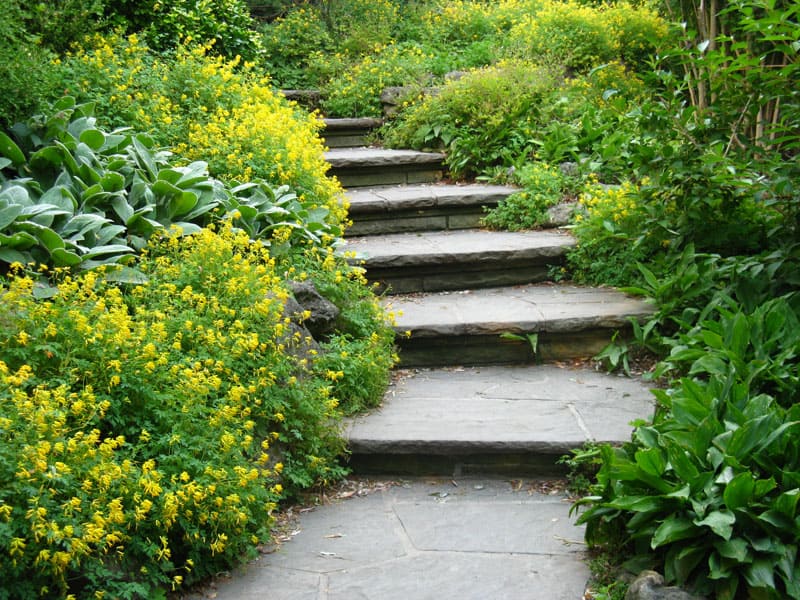
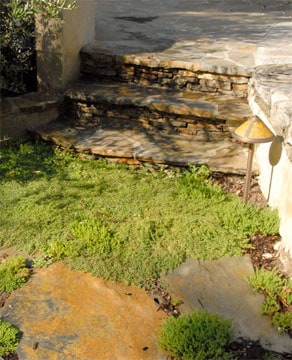
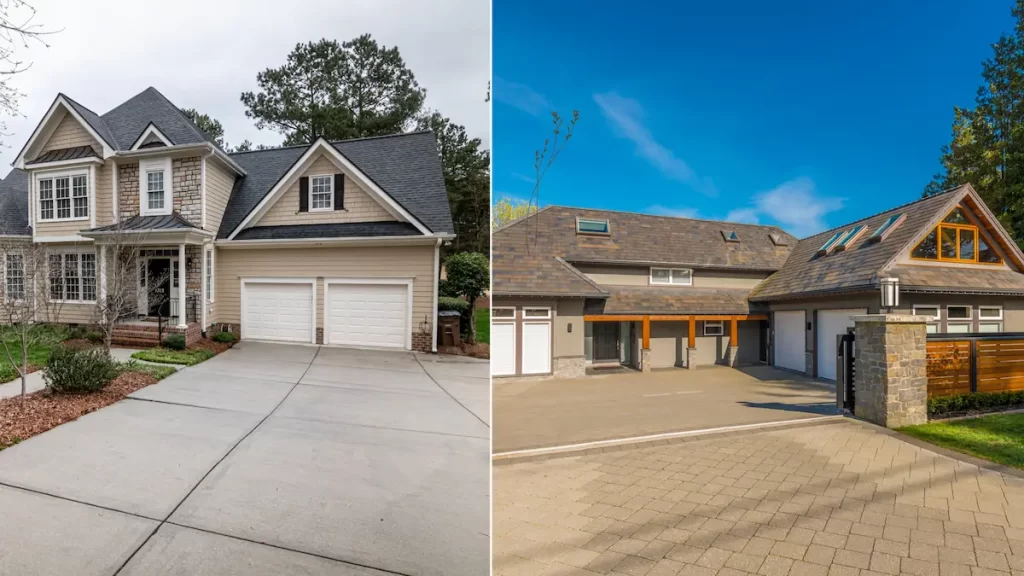
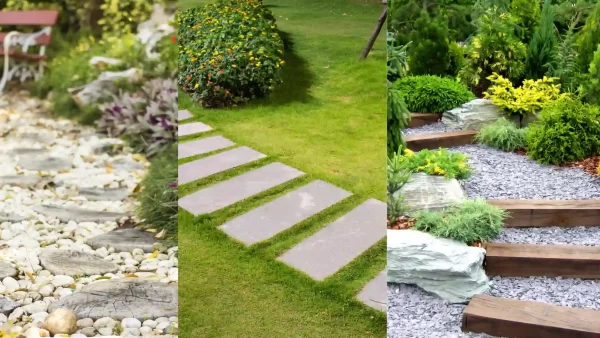


 Don Vandervort writes or edits every article at HomeTips. Don has:
Don Vandervort writes or edits every article at HomeTips. Don has:
